The Philips NeoPix 520 is the projector for those who love to watch movies in bed
The best place for the Philips NeoPix 520, and consequently anyone using it to watch TV shows or movies, is on its back. Just don’t knock it over.
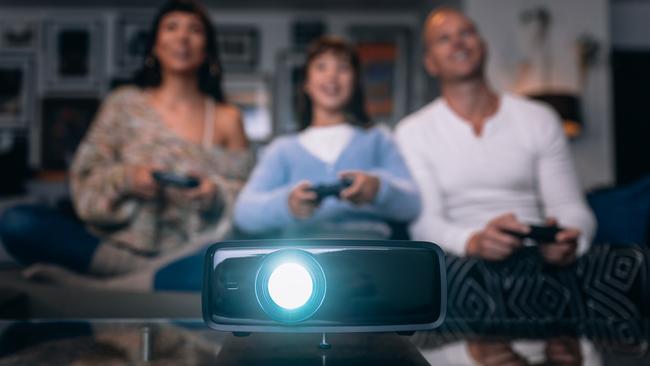
You’d think there’s little to complain about when watching films in bed via a projector beaming a 100-inch screen on to the ceiling.
But after several months with the Philips NeoPix 520, and many hours spent watching movies and television series on our backs, we’ve pulled together a small list.
The new projector, which retails for $995, is a recent addition to the NeoPix line-up, which range in price from $195 to $1295.
The NeoPix 520 is the second from the top, with half the brightness (350 lumens) and a 20-inch smaller screen than its sibling, the NeoPix 720.
Our device had a full HD resolution at 1080p. While that’s hardly impressive compared with most TVs you see these days, there were no complaints from us on the picture quality.
What was slightly odd in this day and age was the requirement for the user to adjust the screen manually via a dial.
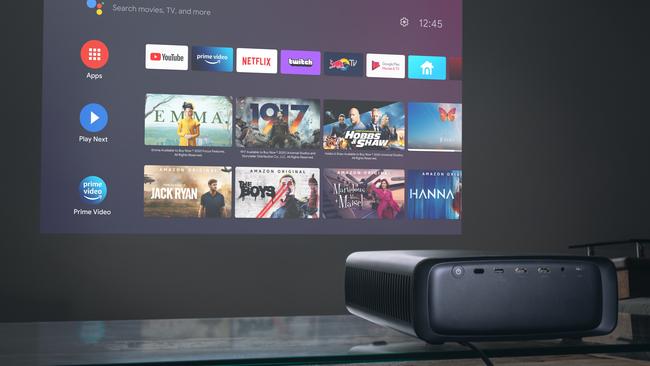
In 2023, there’s no shortage of portable projectors that can broadcast on to a wall from several angles without jeopardising the screen quality and shape.
We found the device not great for anyone lying down, given the angle it projects; it’s more for those seated on the couch or for watching while lying flat in bed with the screen projected on to the ceiling.
One significant setback for the device is its size and inflexibility.
The NeoPix 520 is about the size of four laptops stacked on top of each other – thankfully, it’s not as heavy. In this day and age, it’s quite a stocky device compared with many counterparts on the market such as the XGIMI, whose MoGo Pro+ we once described as a smart speaker on steroids.
Much of the reason behind its large size comes from a built-in subwoofer and two speakers.
While the sound was reasonable, given the size and viewing angles we found the best position of the device was actually on its back – a slightly risky position if you accidentally kicked or knocked it.
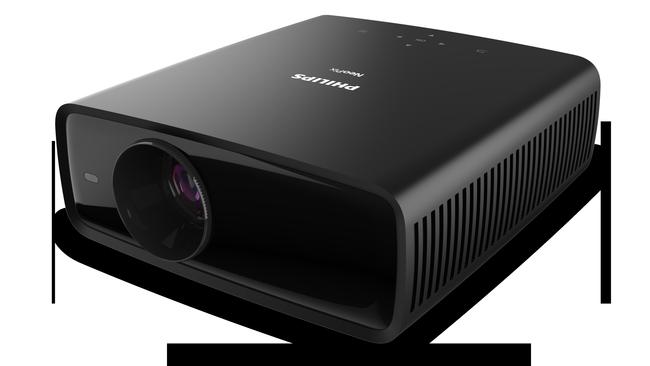
When the device was in this position, and projecting on to the ceiling, we found the sound didn’t travel greatly around a bedroom, and on some occasions when the nearby traffic was heavy we preferred to play the sound via a Bluetooth speaker.
One thing we were fans of was its built-in Android TV system, which is a great choice for those who use Google and can save shows and films on the fly when using the search engine.
Those with the Google TV can link their phone and use it as a remote in case they lose the original.
Speaking of which, the remote does arrive with Netflix and Prime buttons as well as a Google Assistant for those who prefer to say what they want to watch.
The device has two HDMI inputs, one USB port, one USB-C port and a headphone jack.
There are also a couple of buttons on the top of the device allowing users to navigate the projector menu, directional buttons and a back button.
The verdict? This is not the device to buy if you want to replace your TV.
While we’ve loved having it on hand, it’s quite limited for a price tag of $995.
For Android TV fans, the benefits of that system might outweigh its less mobile nature.





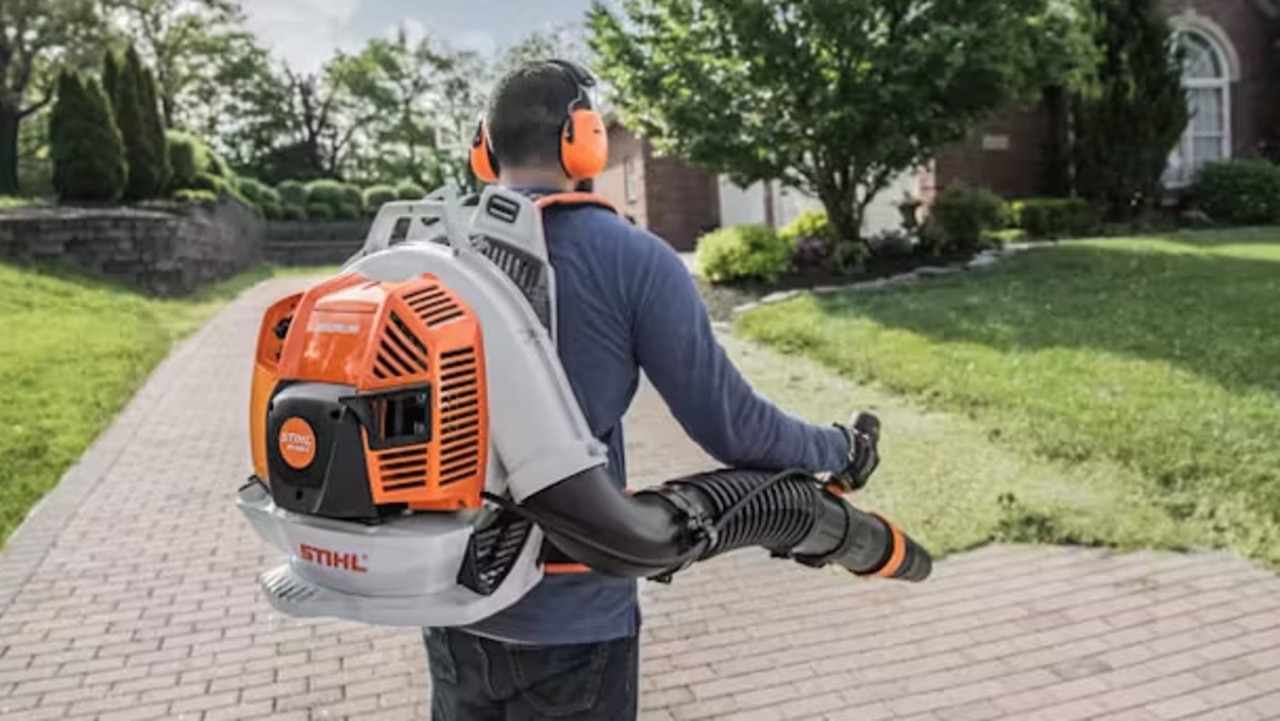
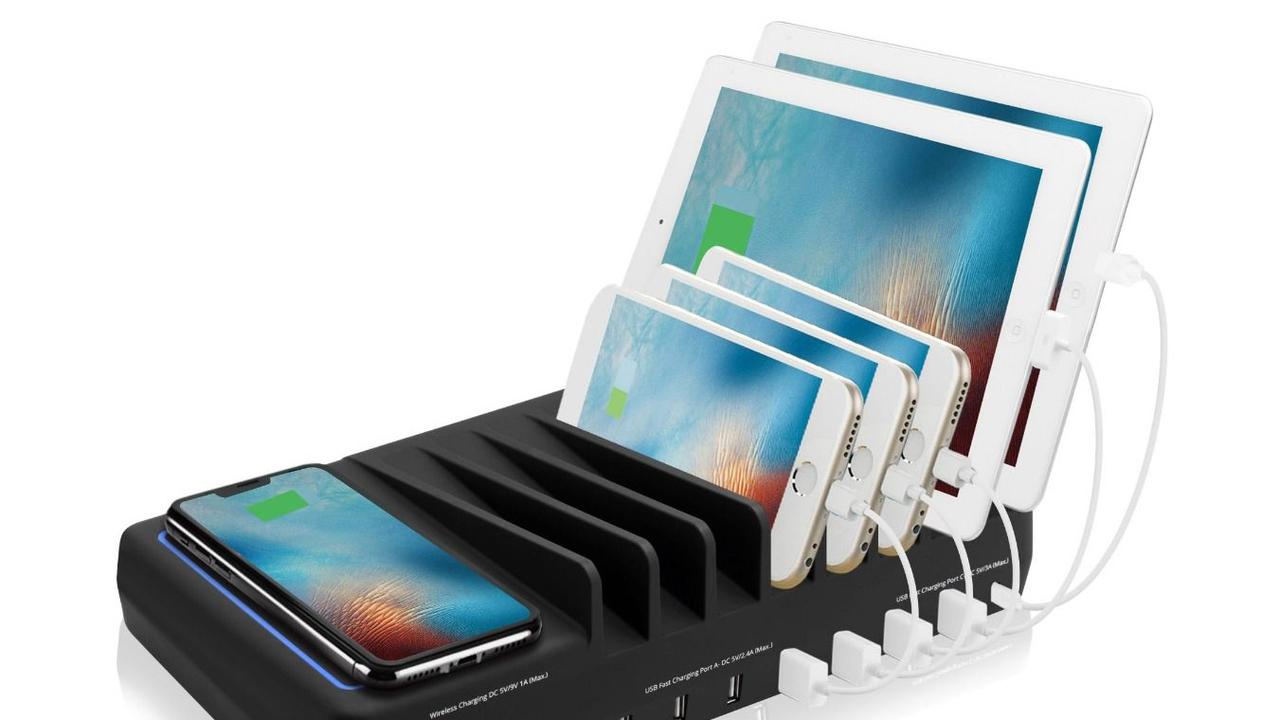
To join the conversation, please log in. Don't have an account? Register
Join the conversation, you are commenting as Logout